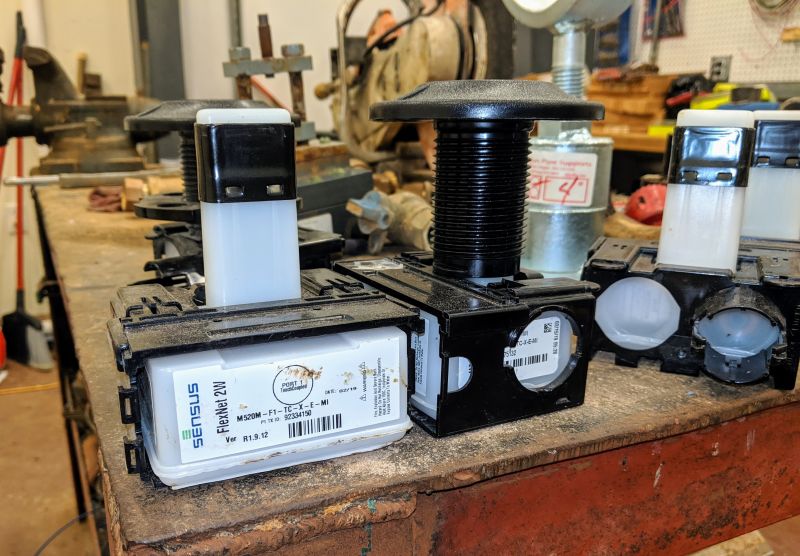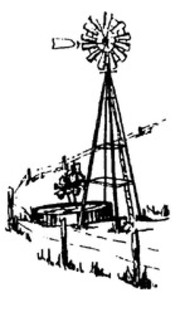Meter Reading
STEP 1 Locate your meter box, generally found towards the front of a property, near the street. The box is typically located on one of the front corners of the property, but could be located near a driveway on large acres of land. The box is made of black plastic and the lids normally have blue spray paint on them. Carefully remove the lid as to not damage the touch reading device wires running from the lid to the meter.
STEP 2 On the face of the meter, there is a large dial (some analog and some digital) and a display of numbers. For the residential meter, each rotation of the dial measures 10 gallons. Read the number display from left to right. Be sure to include the stationary zero. This is your meter reading. Our meters measure water in gallons. Charges for the amount of water consumed are rounded to the nearest hundred gallons used during a billing period. Compare that reading to what your bill states as your current or present reading.
STEP 3 Keep in mind that you might be checking your meter on a date different from the one used for billing. This could result in a difference in the amount you find, compared with the amount on which your bill is based. However, if your reading is considerably higher than what is on your bill, check for a leak or try to determine the source of large water use. If your reading is significantly lower than the reading on your bill, please contact us and let us assist you in determining the problem.
You know that your water meter tells you how much water you're using each month. But did you know the meter can also help you detect leaks in your water system?
It's a handy tool that could save you money and help conserve water.
Some water meters have a glass face and some water meters have a digital face. Both meters have a series of numbers similar to a car's odometer on the face of the meter. When the sweep hand makes one complete rotation, the last number in the series turns over.
Most meters also have a fine flow indicator – usually a small triangle or diamond on the face of the meter – that measures the lower volumes of water that are common with leaks. When water is not being used, nothing on the meter should be moving.
To check for leaks:
- Turn off all inside and outside water faucets.
- Watch the meter for about 10 minutes. If the fine flow indicator moves clockwise, then leaks exist on your property and need to be located.
- In some cases, the fine flow indicator may move back and forth slightly as water pressure in the street fluctuates. Check the main meter reading numbers, and come back an hour later after you know no water has been used. If there is a higher reading, there is a leak.
A friendly reminder: Please be mindful of the upgraded hardware on our meter boxes that has been installed. Kindly avoid mowing over or near the boxes to prevent damages that could incur costs.
Also, please remember that meter box maintenance is the responsibility of the Member, not the Corporation.

Radio + Antenna

